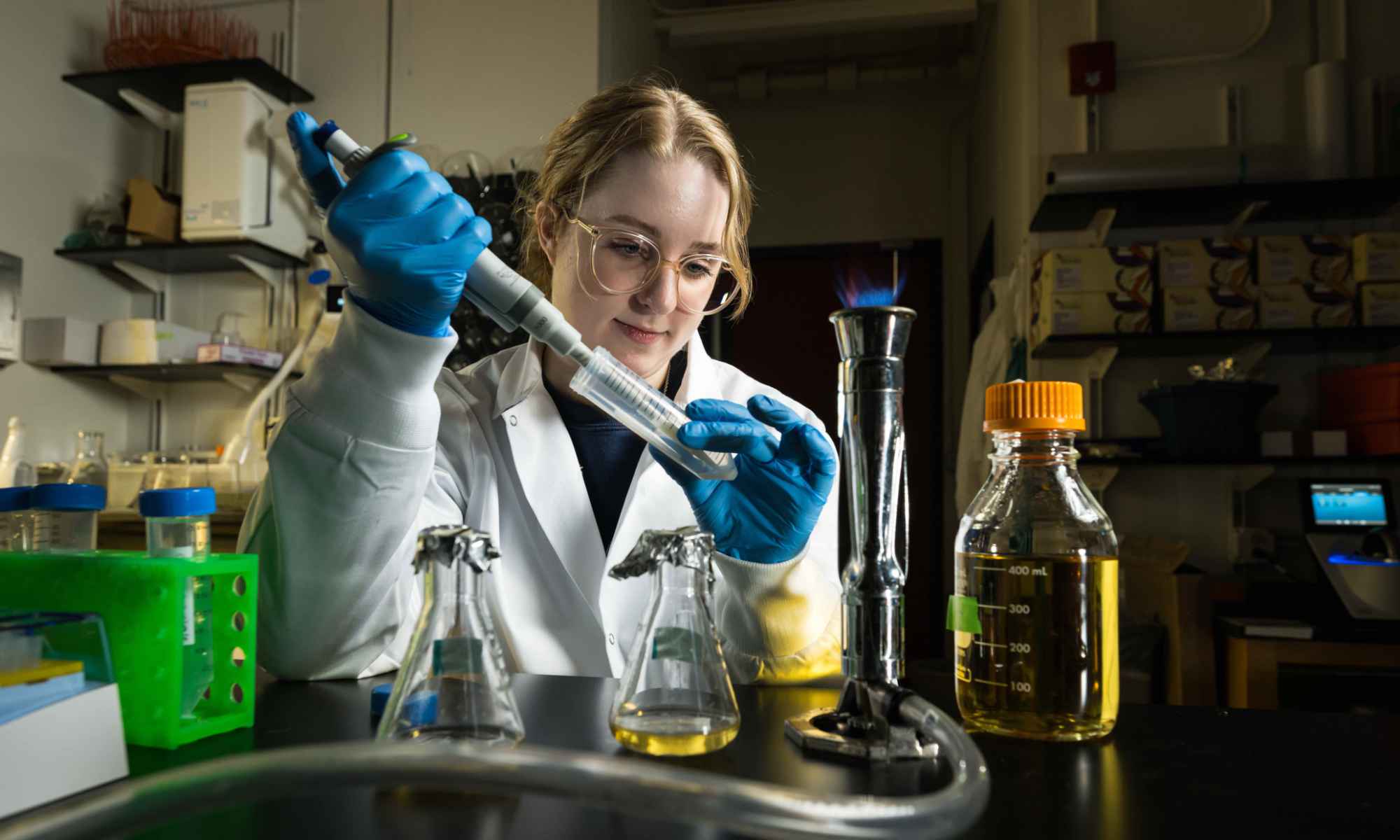
Can sea sponge biology transform imaging technology?
Researchers draw inspiration from nature to create tiny, powerful microlenses for advanced image sensors.
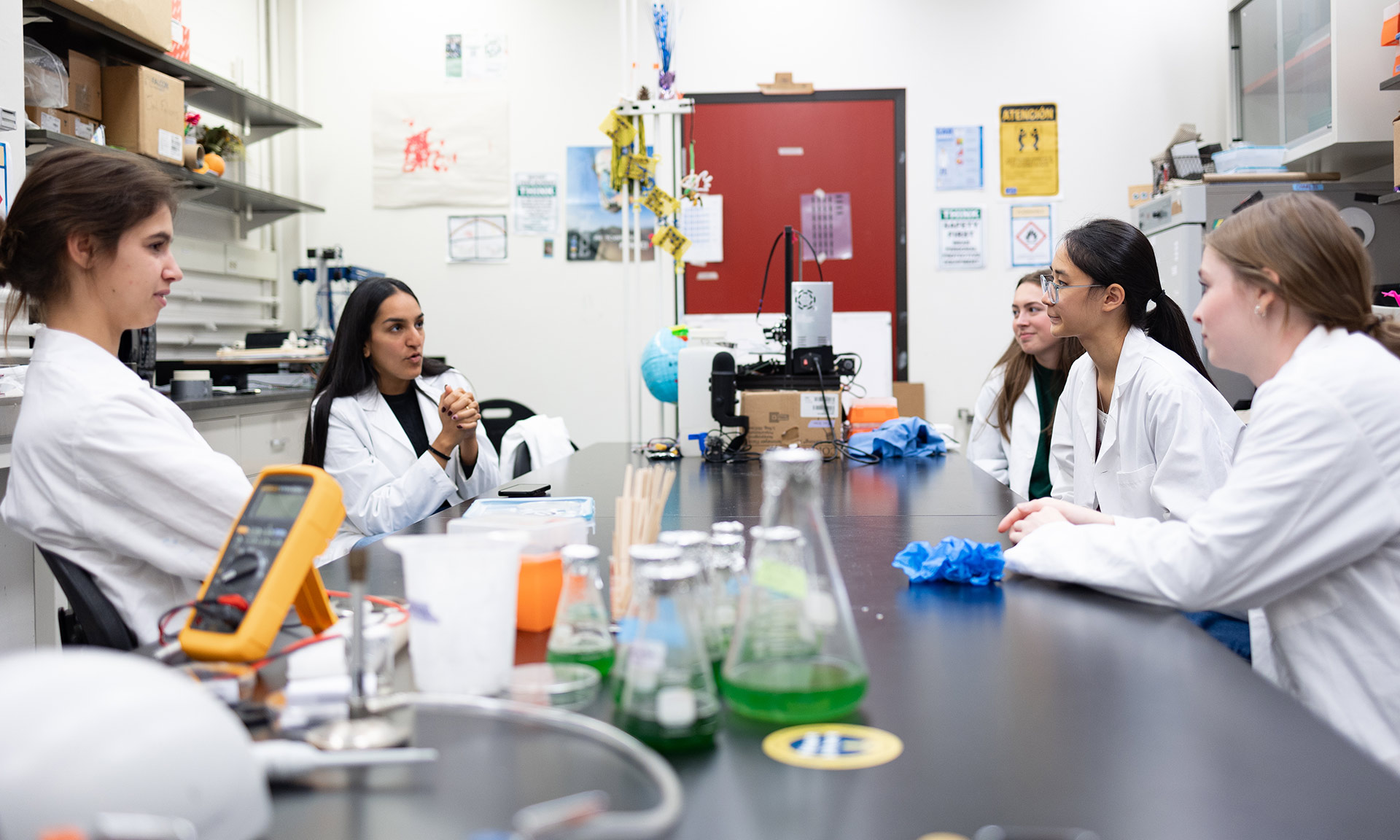
Undergraduate students use bacteria to create clean energy
The student-led team used synthetic biology to harness clean energy from bacteria while simultaneously capturing and storing carbon dioxide, taking home a gold medal in the process.
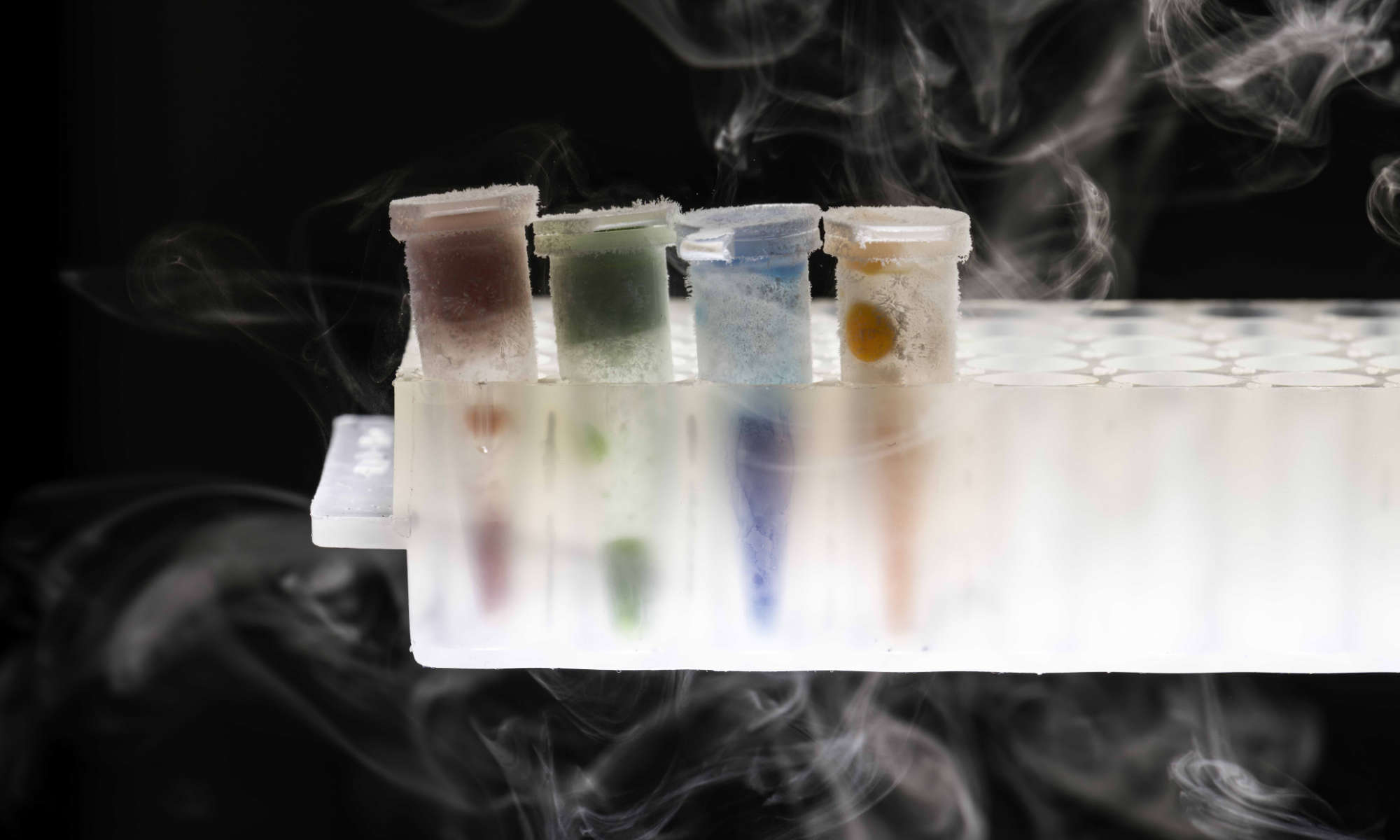
Printing plant-based pharmaceuticals—without plants
Rochester undergraduates developed a 3D-printing system to replicate chemicals found in plants, including those endangered by climate change.
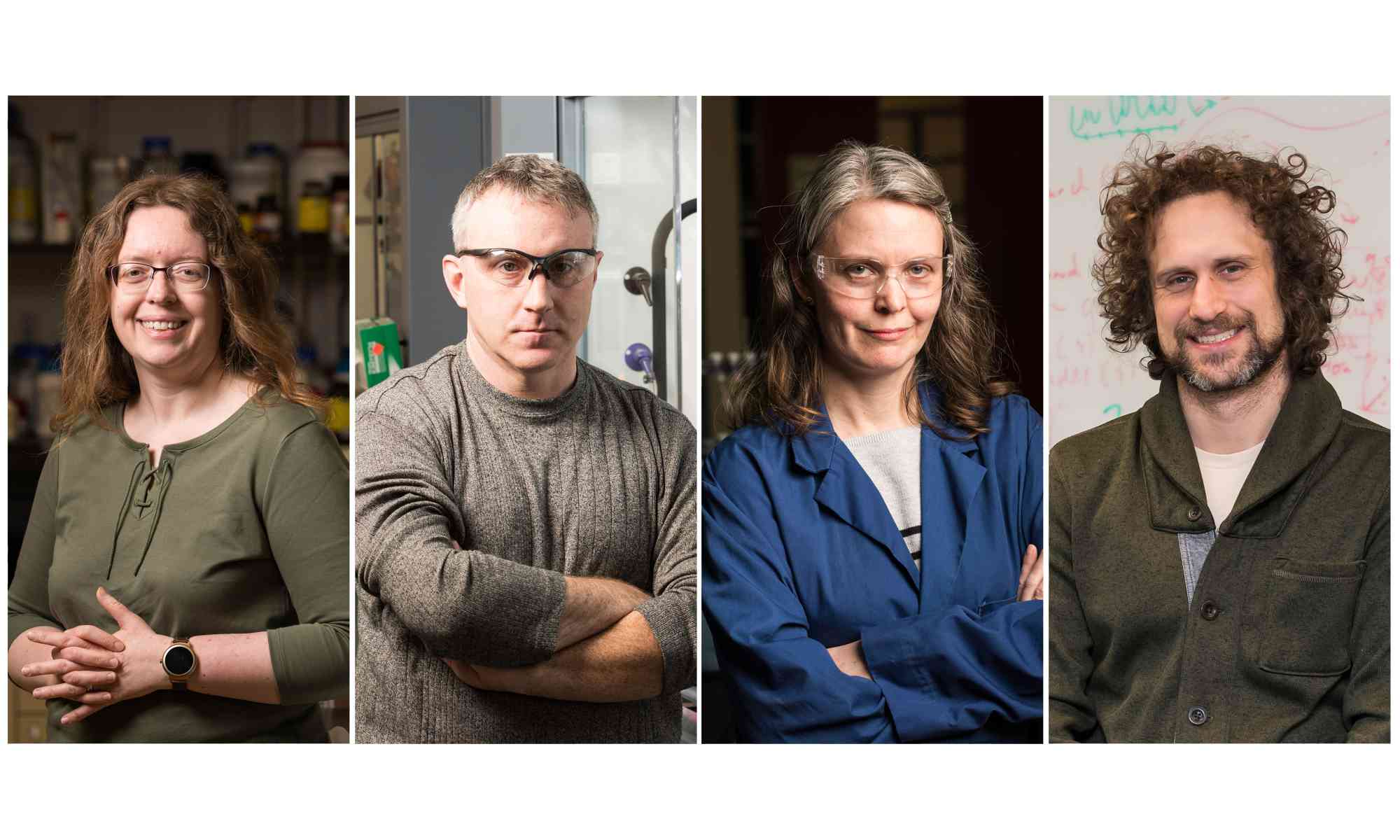
Unlocking the power of photosynthesis for clean energy production
A new grant will allow Rochester researchers to leverage bacteria and nanomaterials to mimic photosynthesis and produce clean-burning hydrogen fuel.

Rochester students develop award-winning devices to ‘save syrup’
A team of Rochester undergraduates was recognized in the International Genetically Engineered Machine (iGEM) competition for developing solutions to problems in the maple syrup industry.
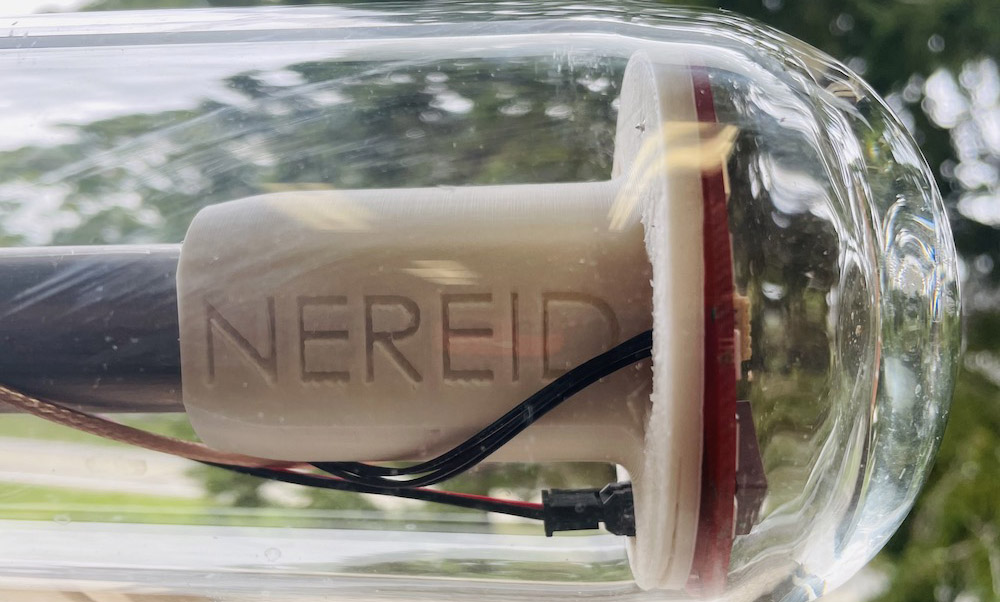
Bioplastics made of bacteria can reduce plastic waste in oceans
A team of scientists, including biology professor Anne S. Meyer, is developing plastic materials that degrade in oceans.

Rochester students’ award-winning device instantly detects sepsis via sweat
Rochester undergraduates have developed a fast, noninvasive, affordable, and eco-friendly way to diagnose the life-threatening medical complication.
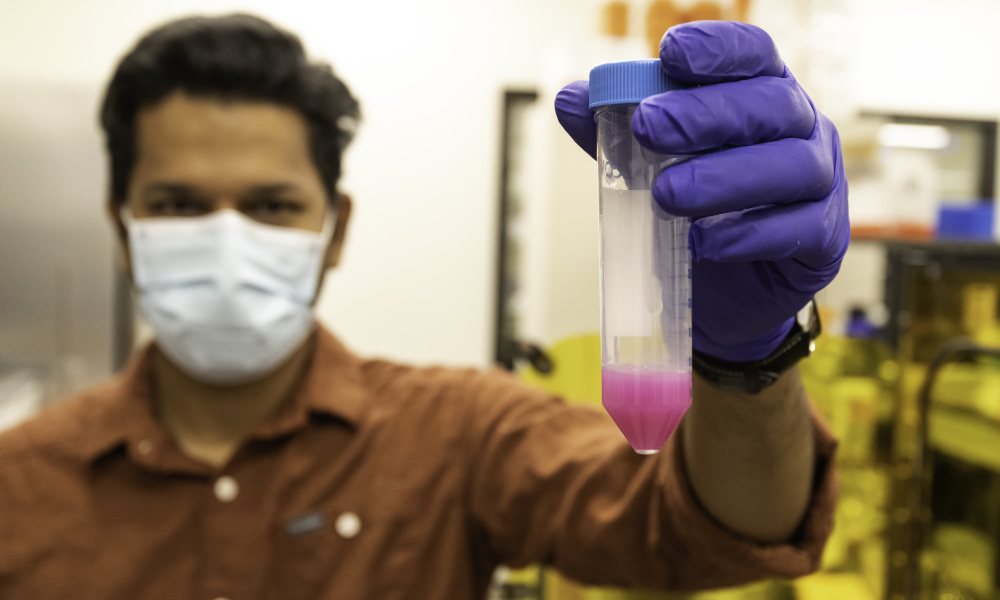
Researchers develop novel 3D printing technique to engineer biofilms
University of Rochester biologist Anne S. Meyer and her colleagues are studying how engineered biofilms closely mimic natural ones. Their research may aid in developing drugs to fight the negative effects of these microorganisms that adhere to surfaces.
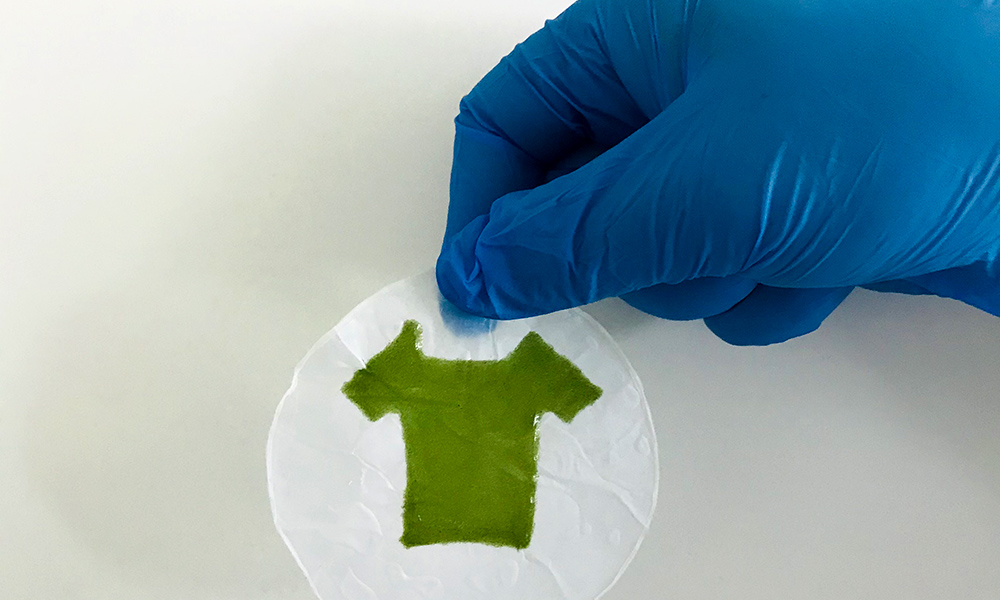
Will your future clothes be made of algae?
For the first time, Rochester researchers have used 3D printers and a novel bioprinting technique to print algae into living, photosynthetic materials that are tough and resilient.
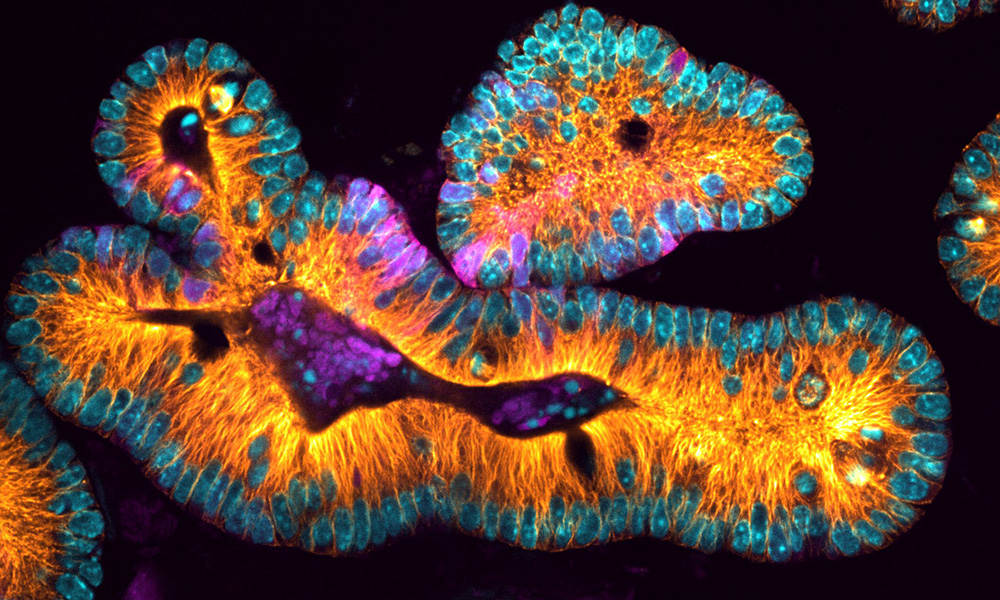
Rochester to advance research in biological imaging through new grant
A multidisciplinary collaboration will create a new light-sheet microscope on campus, allowing 3D imaging of complex cellular structures.
